The Rich Biodiversity of Peru
Peru has a rich biodiversity that results from its varied geography ranging from the high Andes Mountains to the Amazon Rainforest to the coastal regions. Peru boasts over 1,800 species of birds, 500 species of mammals and 300 species of reptiles, so it truly is a unique destination. This guide to b
Read More


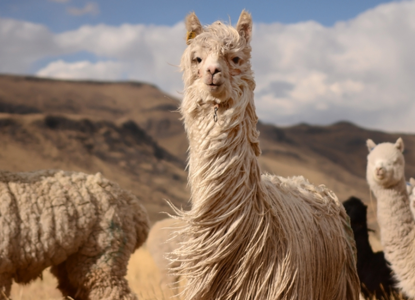
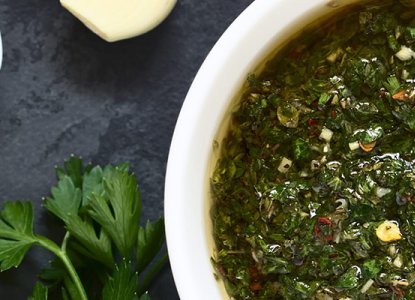
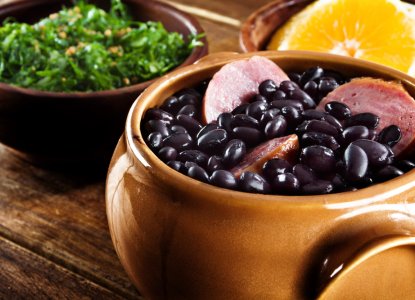
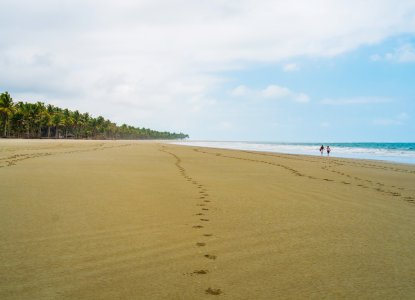
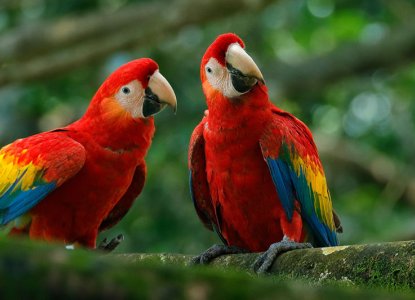
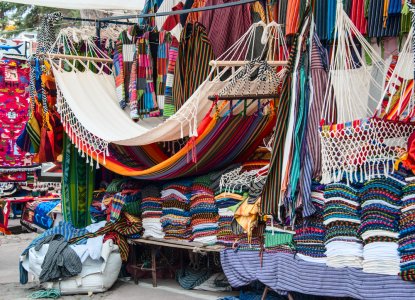
 We Value Your Privacy Settings
We Value Your Privacy Settings